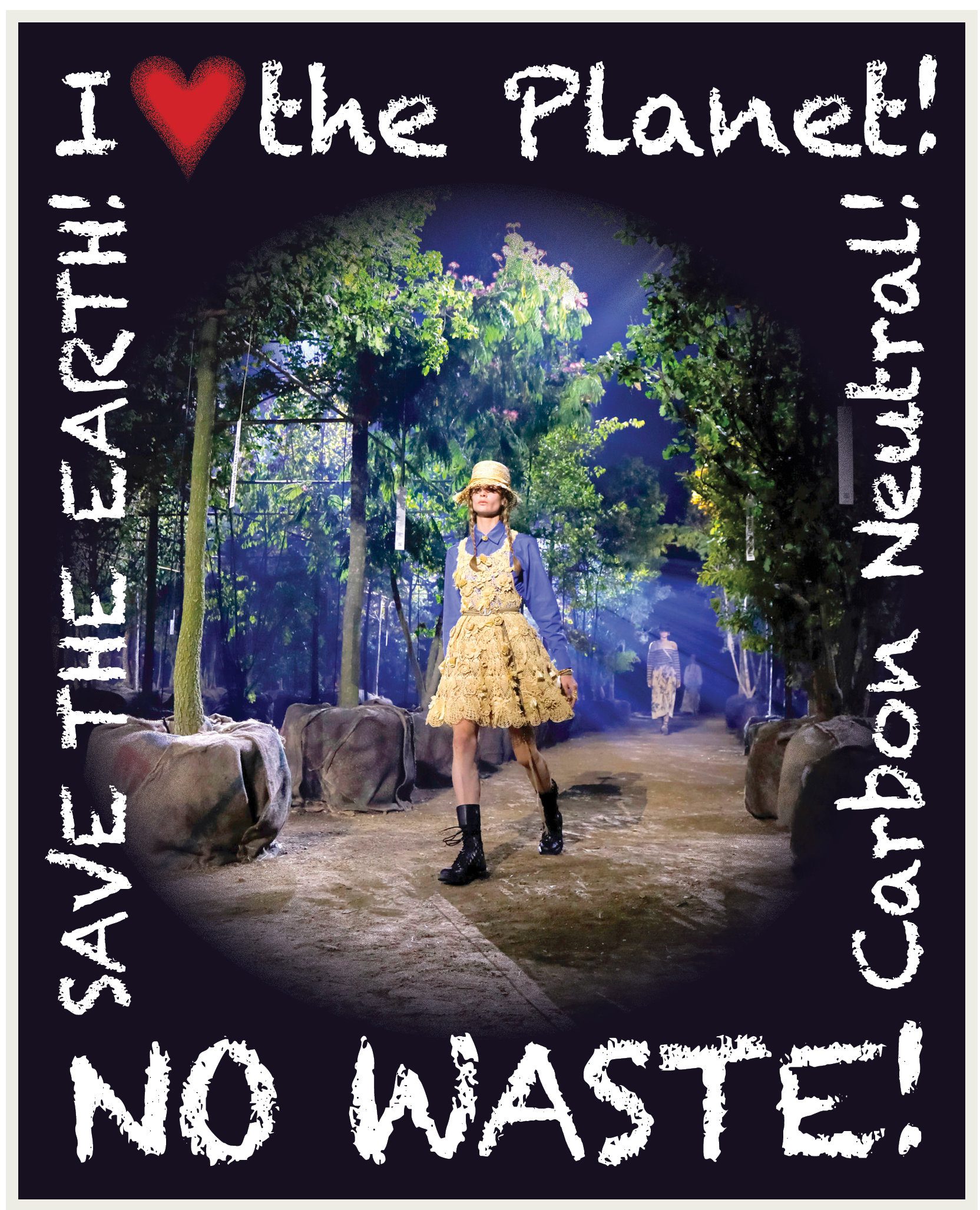Fast fashion and sustainable fashion are two opposing trends in the fashion industry. Fast fashion is characterized by cheap, trend-driven clothing made quickly and inexpensively, while sustainable fashion focuses on ethical and environmentally responsible production. Fast fashion is known for its negative environmental impact, exploitation of workers, and low-quality manufacturing, while sustainable fashion prioritizes reducing waste, using sustainable materials, and fair labor practices. While fast fashion may be more popular at present due to its low price point and trendiness, sustainable fashion is likely to prevail in the long run as consumers become more conscious of the environmental and ethical impact of their clothing choices.
Fast Fashion vs. Sustainable Fashion: Which Trend Will Prevail?
Introduction
Fast fashion and sustainable fashion are two contrasting trends that have emerged in the fashion industry in recent years. Fast fashion is characterized by cheap, trendy clothing made quickly and inexpensively, while sustainable fashion focuses on ethical and environmentally responsible production. In this article, we will compare and contrast these two trends and analyze which one is likely to prevail in the long run.
Environmental impact
One of the primary differences between fast fashion and sustainable fashion is their environmental impact. Fast fashion is notorious for its negative impact on the environment, largely due to its high levels of production and consumption. The fast fashion industry is responsible for vast amounts of waste, pollution, and greenhouse gas emissions. In contrast, sustainable fashion prioritizes environmentally responsible production, with a focus on reducing waste, using sustainable materials, and minimizing energy use.
Ethical concerns
Another significant difference between fast fashion and sustainable fashion is their ethical concerns. Fast fashion is known for its exploitation of workers, particularly in developing countries where labor laws are weak or nonexistent. Many fast fashion brands use sweatshops to produce their clothing, paying workers low wages and exposing them to unsafe working conditions. In contrast, sustainable fashion brands prioritize fair labor practices, ensuring that workers receive fair wages and work in safe and healthy environments.
Price
One of the primary appeals of fast fashion is its low price point, making it accessible to a wide audience. This affordability is made possible by its use of cheap materials and low-quality manufacturing processes. Sustainable fashion, while often more expensive than fast fashion, offers higher quality, longer-lasting clothing made from sustainable materials. While sustainable fashion may cost more upfront, its longevity and low environmental impact often make it more cost-effective in the long term.
Trendiness
Fast fashion is known for its trendiness, producing clothing quickly and cheaply in response to the latest fashion trends. This constant churn of new styles and trends is one of the reasons fast fashion is so popular. Sustainable fashion, on the other hand, emphasizes timeless design and longevity, with a focus on creating clothing that can be worn for years rather than months. While sustainable fashion may not be as trendy as fast fashion, it offers a more classic, enduring style.
Conclusion
In conclusion, fast fashion and sustainable fashion are two contrasting trends in the fashion industry. While fast fashion offers affordable, trendy clothing, it has negative environmental and ethical implications. Sustainable fashion offers ethical, environmentally responsible production and higher quality, more cost-effective clothing. While fast fashion may be more popular at present, sustainable fashion is likely to prevail in the long run as consumers become more conscious of the environmental and ethical impact of their clothing choices.
